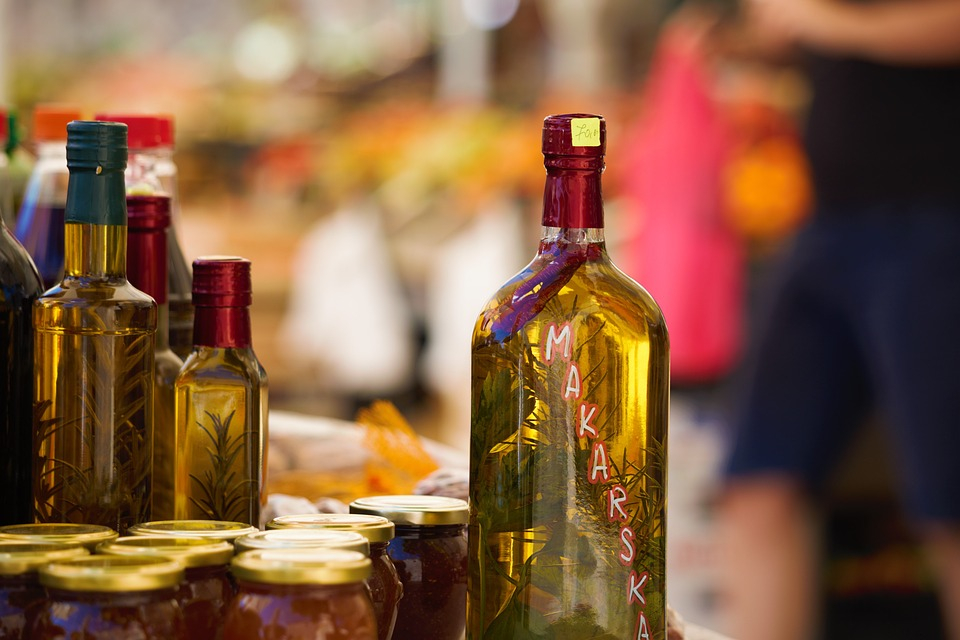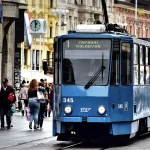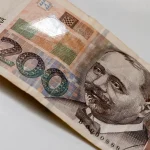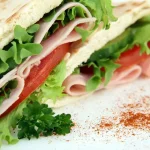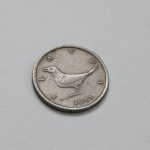As Jadranka Dozan/Poslovni Dnevnik writes, quite on the contrary to public perception and the current clamor and naming and shaming of the culprits for price increases in the context of Croatian euro introduction, December 2022 ended with a monthly drop in consumer prices.
According to the National Bureau of Statistics (CBS), at the end of the 2022, prices were on average 0.3% lower compared to what they were in November, which brought the annual inflation rate down from 13.5% in November to 13.1% at the end of December. Looking at the annual average, consumer prices last year were 10.8% higher than they were just one year before.
Last month’s decline is, admittedly, primarily the result of lower transportation costs, i.e. the price reduction of petroleum products during December. In addition, seasonal reductions in clothing and footwear, as well as somewhat lower housing and utility costs (in the part influenced by fuel prices) also contributed to the monthly decline to a slightly lesser extent.
In short, as the transportation category accounts for about 15 percent of expenses within the consumer basket, their drop by 4% “overpowered” the price increases in the food and non-alcoholic beverages group. The share of this group in the expenses of the average household budget is significantly higher (26%), but the prices of food and beverages on a monthly level, according to the CBS, increased by a significantly smaller 1.2%. That’s what the average more or less looks like, but some food products went up in terms of cost significantly more in December.
For example, when compared to November, the price of butter in Croatia rose by as much as 11% (22.8% on an annual basis), eggs by 9.2% (compared to December the year before, they were 64.5% more expensive), and more than the average monthly increase in food prices also increased the prices of bread, pork, fish, milk and dairy products, fish, olive oil, and so on.
Overall, the annual inflation rate for food and non-alcoholic beverages stood at 19% at the end of the year. If only food is considered here, then annual growth has only been slightly moderated, from 19.7 to a barelt different 19.6%.
However, in addition to the aforementioned prices of eggs and butter, a number of foodstuffs on an annual level record price increases of more than 20 percent; from bread, cheese and sugar, which at the end of 2022 compared to the end of 2021, increased in price by more than 30% (bread by almost 33%, cheeses by 34%), to, for example, frozen vegetables which carried almost 45% higher prices on average.
Although last month’s prices of oil derivatives indicated that it would be a significant inflation shock absorber, some analysts will say that they still expected inflation to remain at around 13.5% at the end of December.
For the Croatian Employers’ Association (HUP), the latest data from the CBS isn’t remotely unexpected. They also pointed out that the annual rate could culminate in January, after which it should fall once again over the coming months. The rise in service prices basically reflects the incomplete recovery of aggregate demand after the coronavirus pandemic finally subsided, as well as the labour shortage and the delayed adjustment to last year’s input price increases – these are just some of the main points of the comments of HUP and their chief economist Hrvoje Stojic.
In addition to all of the above, they are reminiscent of signals related to core inflation. If volatile food and energy prices are excluded from all of this, the basic measure of inflation simultaneously shows its annual growth at 9.7%, from 8.9% back in November.
“This indicates that inflation will remain at high single-digit levels for the foreseeable future,” they stated from HUP. In terms of the twelve-month average, after last year’s 10.8 percent, according to their forecasts, this would mean a drop to the still relatively high 7.5 percent inflation this year. The expectation of lower monthly inflation dynamics is explained by the expected decline in aggregate demand, i.e. the technical recession over the first half of the year, as well as the stabilisation of energy prices, the normalisation of supply chains and a certain decline in the prices of food raw materials.
Energy prices, which are currently in decline thanks to an extremely mild winter across all of Europe, are still being calculated with a relatively high uncertainty factor.
“Despite government subsidies, electricity prices are still about four times higher than pre-2021 levels, which is symptomatic of a long-term energy crisis. This summer, a new race between EU member states to fill gas storage will begin, so the European Commission (EU) needs to provide new mechanisms for stabilising those energy prices,” they pointed out from HUP. If the proposed price limit had been in effect last summer, the EU probably wouldn’t have provided sufficient quantities of gas even to those who were perfectly able pay at the prices above the typical price limit.
The simultaneous fall in inflation across the Eurozone during the first half of the year could encourage speculation about the end of the cycle of growth of the ECB’s reference interest rates. However, HUP is remaining strong in its belief that core inflation across the Eurozone, as well as right here in Croatia, will remain well above the ECB’s inflation target of around 2% in the foreseeable future.
“Furthermore, fiscal expansion continues and wage growth accelerates, which may also affect price expectations. For this reason, a further increase in the deposit rate to 3.25-3.50 percent by the summer of 2023 is to be expected in the ongoing and seemingly tireless fight against inflation. The rise in interest rates along with the simultaneous planned reduction of the ECB’s balance sheet at a rate of 15 billion euros per month from March onwards will also contribute to the deterioration of financing conditions in a situation where financing needs are growing strongly in many Eurozone countries, including in this country, where Croatian euro banknotes and coins are now the new currency.
If we stick to the latest figures from the CBS on inflation across the country in the month preceding Croatian euro introduction and the confusion surrounding conversion and ongoing inflation, it remains to be noted that in 2022, in addition to food and non-alcoholic beverages, above-average price growth was also recorded in the categories of restaurants and hotels (17.1%), furniture and household equipment (16.1%) and housing and related utilities (16%).
Due to the market movement of oil prices, and due to the Croatian Government’s various economic measures, the transportation sector ended in 2022 with an annual growth of only 8.4 percent. If only fuels are considered within that category, where annual inflation stood at a whopping 21.5 percent in January last year, 2022 ended with a price increase of only 6.7 percent.
For more on Croatian euro introduction and inflation, make sure to check out our news section.

